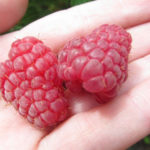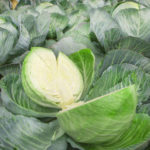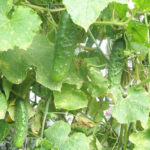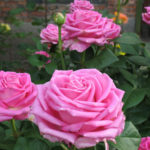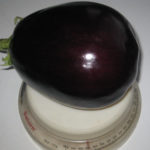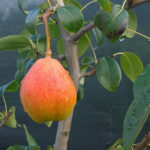Cherry variety Dessert Morozova
Dessertnaya Morozova is an early-ripening variety of ordinary cherries of the All-Russian Research Institute of Horticulture named after V.I. I.V. Michurin. According to VNIISPK, the new variety was obtained from cherry seed Vladimirskayatreated in the seedling stage with a chemical mutagen ethyleneimine (aziridine) at a concentration of 0.1%. According to the State Register of the Russian Federation, Dessertnaya Morozova acts as a mutagen for Griot Ostgeimsky No. 2. The variety was named after its author, TV. Morozova. In 1997, the variety was included in the State Register of Breeding Achievements in the Central Black Earth Region (Kursk, Lipetsk, Belgorod, Voronezh, Oryol, Tambov regions).
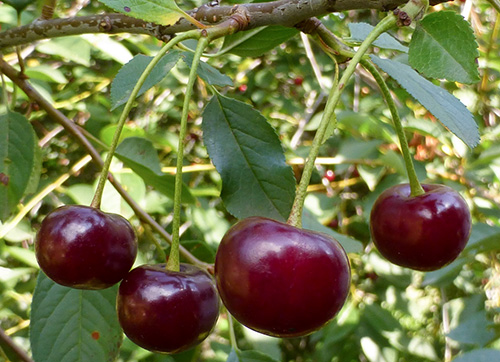
The trees are medium-sized, with a spreading, broadly rounded crown, medium-leafy. The bark of the trunk and main branches are colored light brown. Shoots are large, straight, not pubescent, gray-green in color. The number of lentils is average. The buds are ovoid, with a strong deviation from the shoot. The leaves are more than medium in size, obovate, light green in color, along the edge there is a double-crested serration. The surface of the leaf blade is matte, not pubescent, with a smooth relief. The petioles are of medium length and thickness, anthocyanin-colored along the entire length. On the base of the leaf and on the petiole there are 1 - 2 small red glands. Stipules are short, fall off early. Shoot-forming ability is increased. The variety responds well to various pruning techniques, such as pinching shoots, pinching, shortening growths.
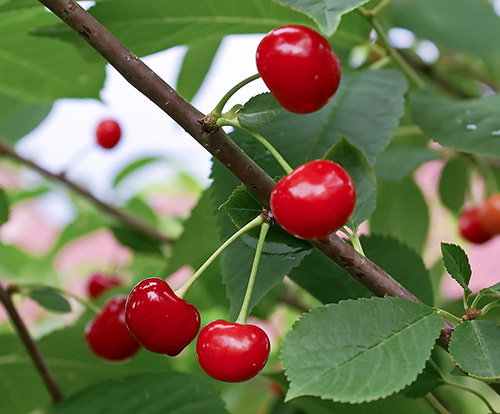
The flowers are white, large in size, pink-shaped, five-petalled. The petals are rounded. The stigma of the pistil is located higher than the level of the stamens. Flowering takes place early. Fruit ovaries are formed mainly on annual growths - fruit twigs.
Dessertnaya Morozovaya cherries are above medium and large in size (weighing from 3.7 to 4.6 - 5 grams), one-dimensional, rounded, with a small inconspicuous abdominal suture, the top of the berry is concave, the depression at the base is medium. The skin is red, with a few small subcutaneous dots. The stalks are long, of medium thickness. A separating layer forms between the fruit and the peduncle. The bones are round, medium in size. The separation of cherries from the stalk is dry.
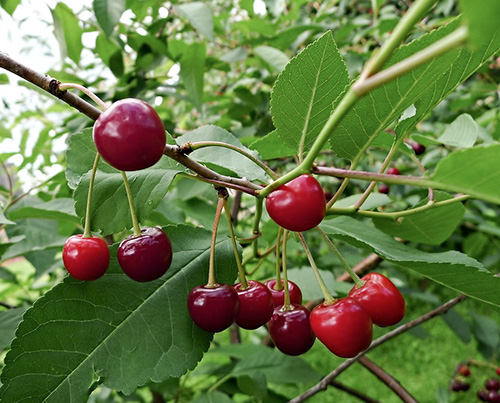
The pulp is red, soft in density, tender, juicy in consistency, dessert taste, sweet and sour (high sweetness, very low acidity). Tasting score - 4.6 - 4.7 points. By chemical composition, the fruits contain: dry matter (15.3%), the amount of sugars (12.77%), acids (0.9%), ascorbic acid (10 mg / 100 g). Fruit transfer well.
The level of early maturity is high: trees enter the fruiting season from the 3rd - 4th year. Fruits ripen early - in the conditions of the city of Michurinsk in the 2nd decade of June.
This cherry is partially self-fertile. Among the best pollinators, the following varieties are distinguished: Vladimirskaya, Griot Ostgeimsky, Griot Rossoshansky, Studencheskaya.

In the conditions of Michurinsk, the average yield of the variety reaches 50 - 70 c / ha. For the period from 1992 to 1996. the average yield exceeded the control variety Lyubskaya by 10 centners / ha. In young trees, the increase in yields is slow due to an imbalance in reproductive and growth processes.
Winter hardiness of trees is high, the level of drought resistance is average. The variety is characterized by increased resistance to coccomycosis.
The most successful way of propagation of this cherry is by green cuttings (in some years up to 70% of rooting). The best stock is considered to be Vladimirskaya. Pruning trees is similar to Lyubskaya - bare branches are shortened.
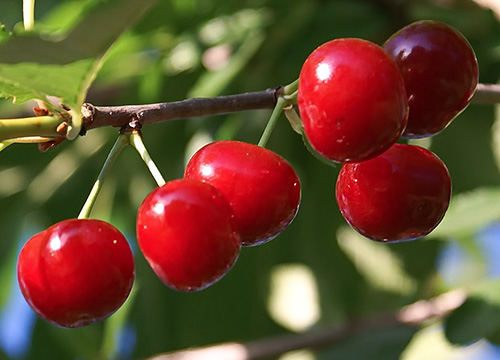
The main advantages of Dessertnaya Morozova cherries include: very early ripening, high rates of early maturity and winter hardiness, regularity of fruiting, dessert taste of fruits, resistance to diseases.
The variety also has its drawbacks. When testing for resistance to coccomycosis in conditions of a severe infectious background, only average resistance is found (the susceptibility is 1 - 2 points). Also, with untimely pruning of the crown, the branches are bare.
